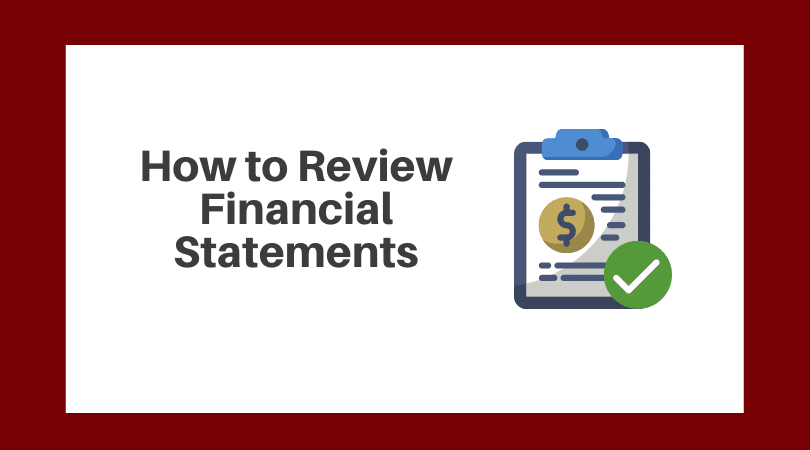How to Review Financial Statements
Most CPA firms create financial statements for their clients. This blog post tells you how to create and review financial statements efficiently and effectively.

Create Financial Statements
First, where possible, electronically link the trial balance to the financial statements. (Linking is often done from the trial balance to Excel. Then the Excel document is embedded into a Word document.) Doing so will expedite the financial statement process and enhance the integrity of the numbers.
Do the following:
- Prepare the initial draft of the statements
- Create clear disclosures
- Complete a current financial statement disclosure checklist
- Research any nonstandard opinion or report language (place sample reports from PPC or other sources in the file). Later the partner or manager will compare this supporting document to the opinion or report
- Research any additional reports (e.g., Yellow Book, Single Audit). Place a copy of such reports in the file. Later the partner or manager will compare the supporting document to the opinion or report.
- The staff person should review the audit planning document to see if any new standards are to be incorporated into this to year’s financial statements
Next you’ll need to proof the financial statements.
Proof the Financial Statements
Proof your financial statements. The proofer usually does the following before the partner or managers’ review:
- Add (foot the numbers for) all statements, notes, schedules
- Tick and tie numbers such as:
- Total assets equal total liabilities and equity
- Ending cash on the cash flow statement agrees with the balance sheet
- Net income on the income statement agrees with the beginning number of an indirect method cash flow statement
- Numbers in the notes agree with the financial statements
- Numbers in the supplementary schedules agree with the financial statements
Partner or Manager Review
Finally, the partner or manager reviews the financial statements. Having the proofer do their part will minimize the review time for this final-stage review.
Here are tips for the final review:
- Scan the complete set of financials to get a general feel for the composition of the report (e.g., Yellow Book report, supplementary information, the industry, etc.). This is a cursory review taking three or four seconds per page.
- Read the beginning part of the summary of significant accounting policies taking note of the reporting framework (e.g., GAAP), type of entity (e.g., nonprofit), and whether the statements are consolidated or combined. Doing so early provides context for the remaining review of the financials.
- Read the opinion or report noting any nonstandard language (e.g., going concern paragraph)
- Agree named financial statement titles in the opinion or report to the financial statements
- Agree the dates (e.g., year-end) in the opinion or report to the statements
- Compare supporting sample report (as provided by your staff member and noted above) to the opinion or report
- Compare representation letter date to the opinion or review report date
Last Step
Destroy all drafts. Or at a minimum, don’t leave them in the file. Once the financial statements are complete, there is no reason to retain drafts.
Your Suggestions
What other review procedures do you use?


